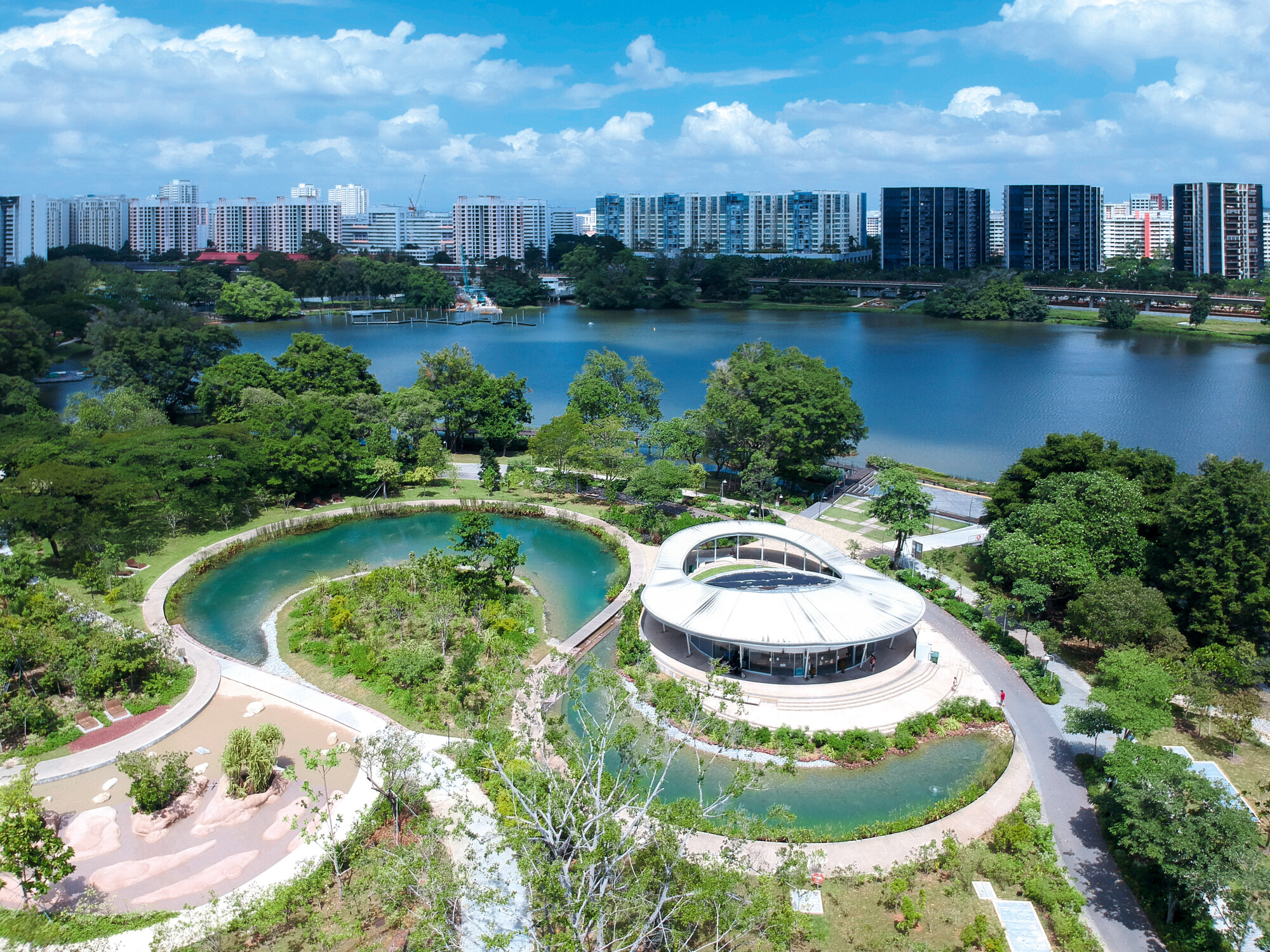
"The future of urban planning and architecture is promising if the world, collectively, looks beyond the concept of mere sustainability and instead embraces a nature-positive approach. As global population growth drives rapid urbanization-requiring humanity to build the equivalent of a city the size of Madrid every week for decades to come-the construction sector faces a defining challenge: how to build durable, energy-efficient, and resilient urban environments in harmony with natural ecosystems."
"The Shared Opportunity to Build a Nature-Positive Future To build the sustainable, resilient cities of tomorrow, forward-looking city leaders are reimagining the construction of urban environments. They increasingly prioritize building solutions that deliver full performance with a smaller carbon footprint and reduced use of primary materials. For instance, Holcim's ECOPact low-carbon concrete reduces embodied carbon emissions by at least 30% compared to traditional concrete-without compromising performance."
Urban expansion requires building vast new cities while minimizing environmental harm and preserving natural ecosystems. Nature-positive urban planning prioritizes biodiversity, green spaces, and integration of natural systems to absorb carbon and support livelihoods. The construction sector can reduce embodied carbon and material use by adopting low-carbon building materials and efficient design strategies. Holcim's ECOPact low-carbon concrete exemplifies materials that cut embodied carbon by at least 30% without sacrificing performance. Digital tools and Environmental Product Declarations (EPDs) enable rapid lifecycle assessment and design optimization. End-to-end sustainable building systems help cities deliver resilient, high-quality urban environments in harmony with nature.
Read at ArchDaily
Unable to calculate read time
Collection
[
|
...
]